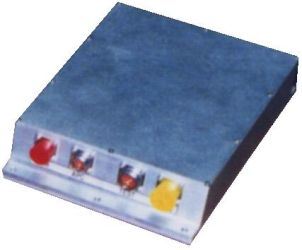Historical

In 1996 NASA awarded Invocon a contract to design and build a GPS controller that would act as an interface and data recorder between a GPS Trimble Advanced Navigation (TANS) Receiver unit and the Wake Shield Facility (WSF) Satellite data communications system.
The controller was mounted on the cross-bay structure that supported the Wake Shield Satellite and remained in the Cargo Bay of the Shuttle Orbiter the entire mission. The purpose of the entire operation was a Risk Mitigation Experiment (RME1311) for Relative Global Positioning System (RGPS) navigation flight, designed to minimize the schedule and technology risk for the International Space Station (ISS) and for the development of the European Space Agency (ESA) Automated Transfer Vehicle (ATV).
The unit received GPS messages from the TANS unit and either stored the information in the 40Mbytes of internal static ram or passed the information to the WSF. The unit also received commands from the WSF, reformatted the information, and passed the command on to the TANS unit. These tasks were automatic and continuous while the WSF bus was powered. Backup batteries maintained the static RAM information until post-flight wired download to a PC.
- Approximate Size: 20cm x 5.7cm x 29cm
The GPSCON system successfully flew on STS-80 in 1996 along with two other Invocon systems: WSDS and ADDS.
